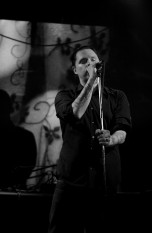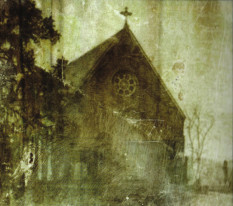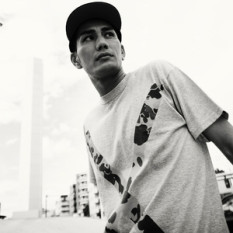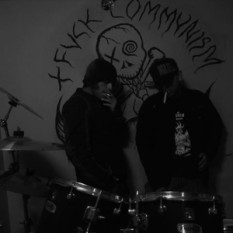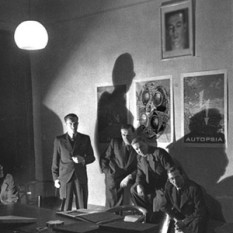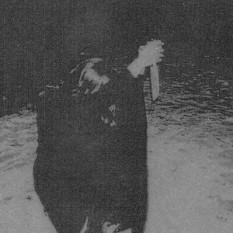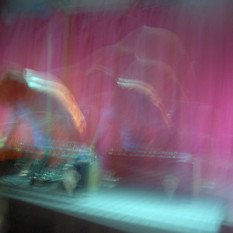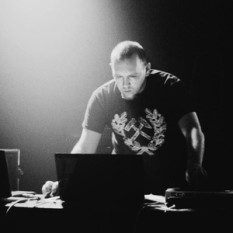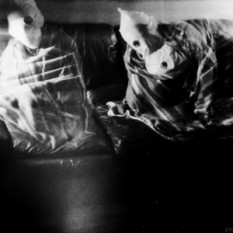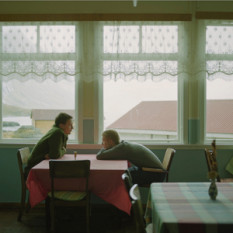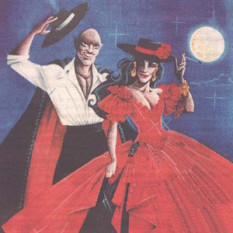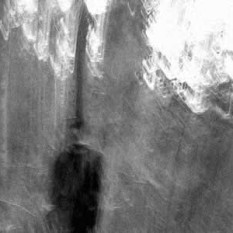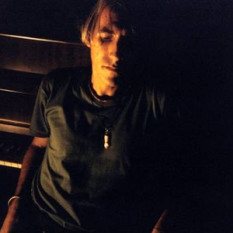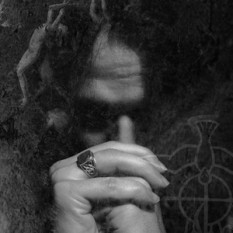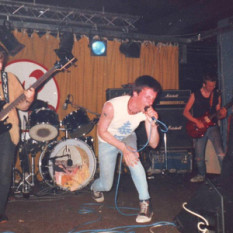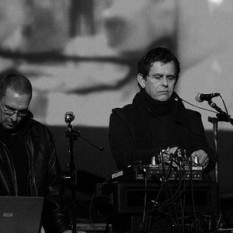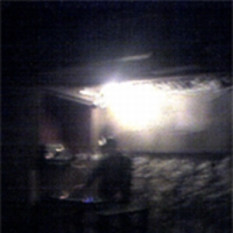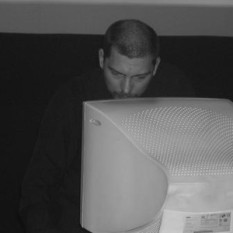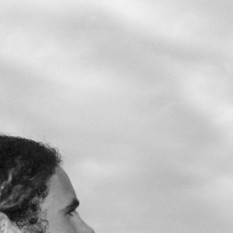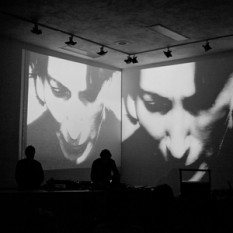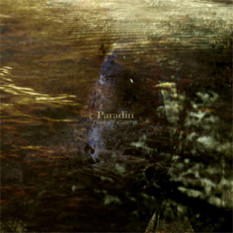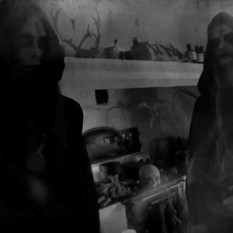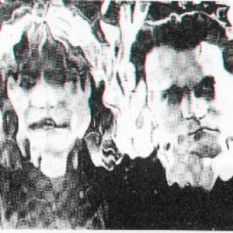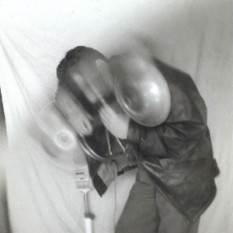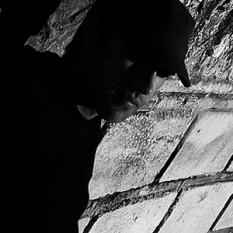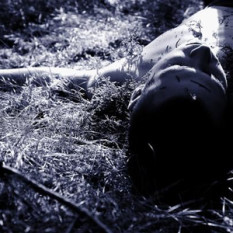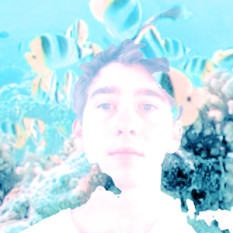Dark ambient is a subgenre of ambient music that features foreboding, ominous, or discordant overtones. Dark ambient emerged in the 1980s and 1990s with the introduction of new synthesizer and sampling technology in the electronic music genre and other technical advances in music. Dark ambient is a diverse genre, related to industrial music, noise, ethereal wave, and black metal, yet generally free from derivatives and connections to other genres or styles.
Dark ambient evolved partially based on several of Brian Eno's early collaborations that had a distinctly dark or discordant edge, notably "An Index of Metals" (from Evening Star (1975)), a collaboration with Robert Fripp that incorporated harsh guitar feedback, the ambient pieces on the second half of David Bowie's Low(1977), and Fourth World, Vol. 1: Possible Musics (1980), a collaboration with Jon Hassell.
Ambient industrial projects like Coil, Lilith, Lustmord, Zoviet France, and Nocturnal Emissions evolved out of industrial music during the 1980s, and were some of the earliest artists to create consistently Dark Ambient music. In the late 1980s and early 1990s, an ethereal wave trend emerged within the dark wave movement, that tended toward moody atmospheric pieces rather than jangly minor-key rock. Ethereal wave was mainly associated with the Projekt record label, with bands like Black Tape for a Blue Girl doing music that ranged into moody ambient soundscapes.
By the mid-1990s, a large number of artists were working in ambient industrial, ambient noise, ethereal wave, illbient, isolationism, and other emerging Dark Ambient styles. Among these artists were Autopsia, Vidna Obmana, Daniel Menche, Lull, Raison d'etre, Lord Insomnia, Nefelheim, Celldweller and Shinjuku Thief. In the same time Dark Ambient vibrated into contemporary classical music. Example of this can be project Aghiatrias or solo works of composer Vladimír Hirsch.
Generally the music tends to evoke a feeling of solitude, melancholy, confinement, and isolation. However, while the theme in the music tends to be "dark" in nature, some artists create more organic soundscapes. Examples of such productions are those of Oöphoi, Tau Ceti, and Klaus Wiese. .

